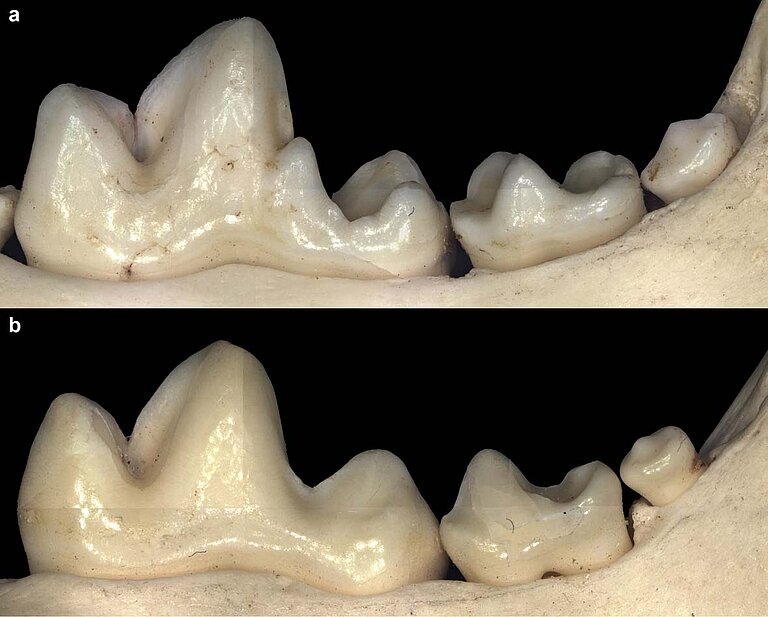The teeth of hairless dogs teach researchers about the development and evolution of mammalian teeth
Hairless dog breeds differ from other dogs not only by lacking a coat, but also in the number and nature of their teeth. Scientists at the Max Planck Institute for Evolutionary Anthropology in Leipzig and the Friedrich Schiller Universität Jena studied the skulls and teeth of pedigreed hairless dogs from the collection of the Phyletisches Museum of the University of Jena. Thus, they furthered our understanding of the involvement of the FOXI3 gene in the development of teeth – not only in hairless dogs, but potentially also in other mammals including humans.
